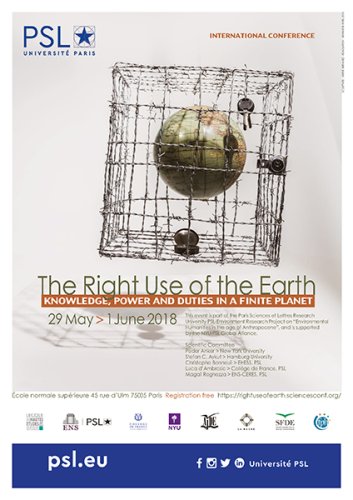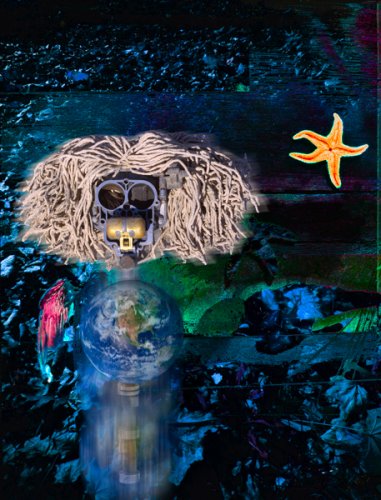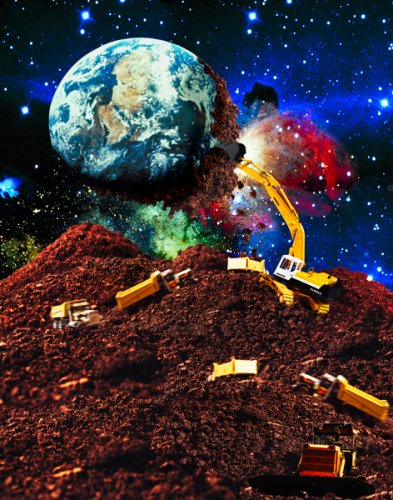Scenario for Gaïa
This serie is build one of the Century 20th’s picture which made an amazing mutation in the occidental mind about Gaïa, our House. Before, step by step, since the C16th, we lost the feeling of our world as an all. Suddenly, this picture reset our scope
Jealous, envious of the empire under heavens and sensitive to the Titan —her son’s— disgraces, the Earth felt the scope of the Tartarus with her monstrous infants, odious race which would be so criminal, proud of this awful revenge, the Earth opened her bowel and thrown up warlike enemies against the sky.
Gaïa vanity backfired against Her?
Would, Titan, backfire against their Mother to practice a gigantic matricide which consequence or punishment would be a so big fratricide escort by a global suicide.
“Re-cycling” this picture is a way to make a sort of résumé of the consequences of what we did and what we will have to do in the future.
The number before the title give the number of the picture in the whole work.
Currentllyt, there are 20 images in this serie. They where made between 1990 and nowadays.
Text and images © Hervé Bernard

– 29th of may untill juin 1st of 2018,
Symposium “The Right Use of the Earth”
« Bon usage de la Terre » (The Right Use of the Earth)
École nationale supérieure
RER B I Luxembourg
Métro ligne 7 Censier-Daubenton ou Place Monge
Bus 21 ou 27 Feuillantines et Bus 91 Berthollet
Symposium program
https://rightuseofearth.sciencesconf.org
 Regard sur l’image
Regard sur l’image




